Robotic Street Painters Saving Lives And Money?
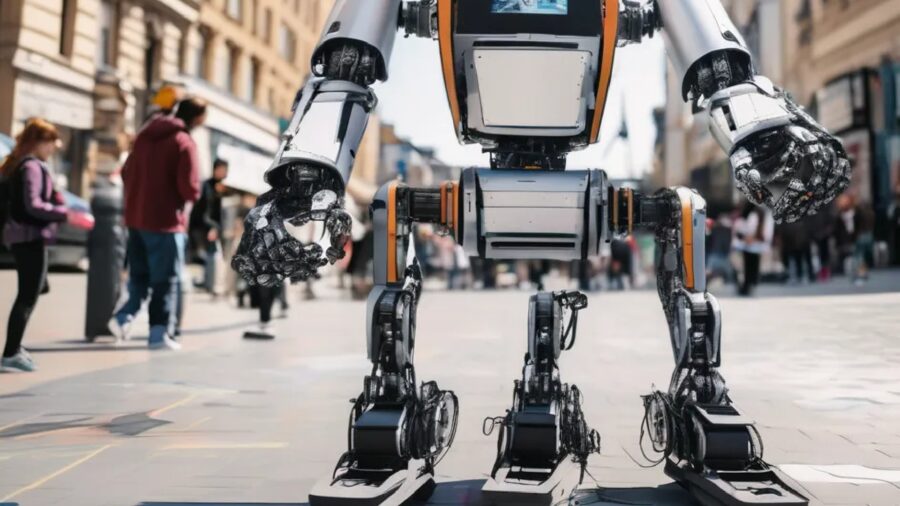
Cities around the US could see robotic street painters on their streets soon enough. A project proposed in 2022 by Case Western Reserve University engineering professor Wyatt Newman and his co-founder Sam Bell has come to fruition, as Cleveland has officially implemented a road painting robot that will help save money for cities and keep workers safe. The robot is nicknamed Stella and was brought to life in collaboration with QT Equipment in Akron.
The High Costs Of Road Painting
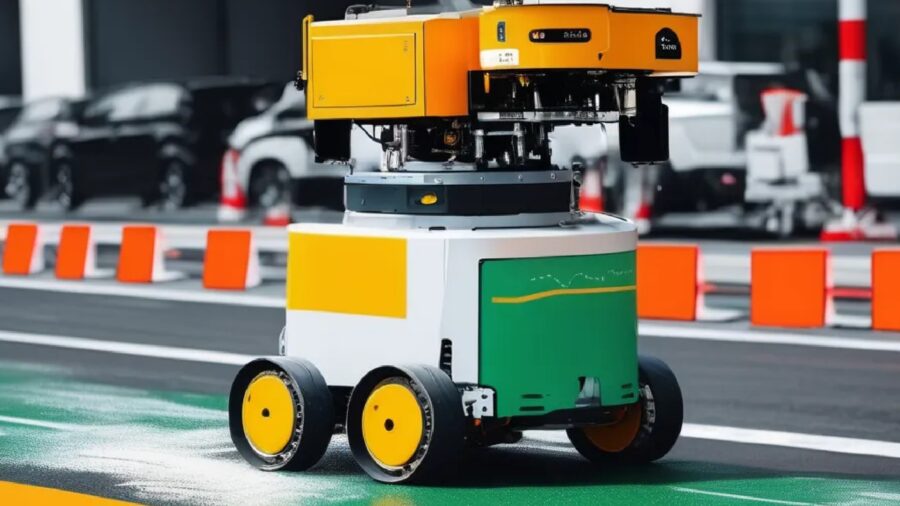
Wyatt Newman and Sam Bell first realized there was a problem when they noticed the high costs of road painting, with Newman saying, “They ended up abandoning a really attractive plan because of the cost of the road painting.”
When they saw there wasn’t a robot already performing this job, they got to work creating one. While the robotic street painters project initially had the goal of cutting costs, it also became an effort to keep city workers safer, too.
Unnecessary Risks

Newman and Bell saw that traditional methods of street painting risked the lives of workers who would need to manually paint the roads using stencils, with Newman noting that road crews were doing it the exact same way 100 years ago.
They saw this highly outdated practice could be taken over by robotic street painters. So, they got to work on a rudimentary prototype before partnering with QT Equipment, who would help install the robot on the back of a truck.
Road Printz Robotoc Pavement Marking System
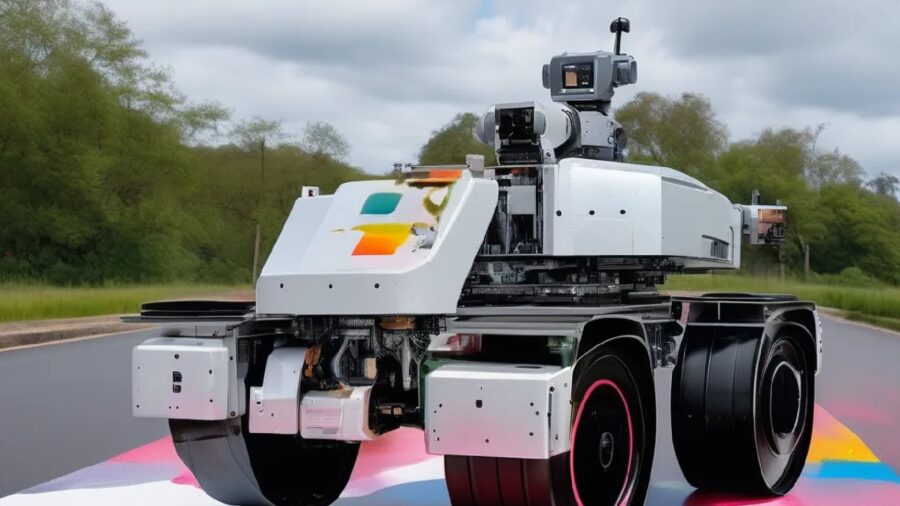
The first production model of the robotic street painter named Stella was ready for action in April 2022, and it works by having a worker stay inside the truck while the robot goes to work painting the road. Beta testing began that same year, and now the robot has officially begun work in Downtown Cleveland’s Public Square.
The system is known as the Road Printz Robotic Pavement Marking System and is able to take on the work of three workers and a driver, with the driver being the only remaining factor needed.
Risk Reduction
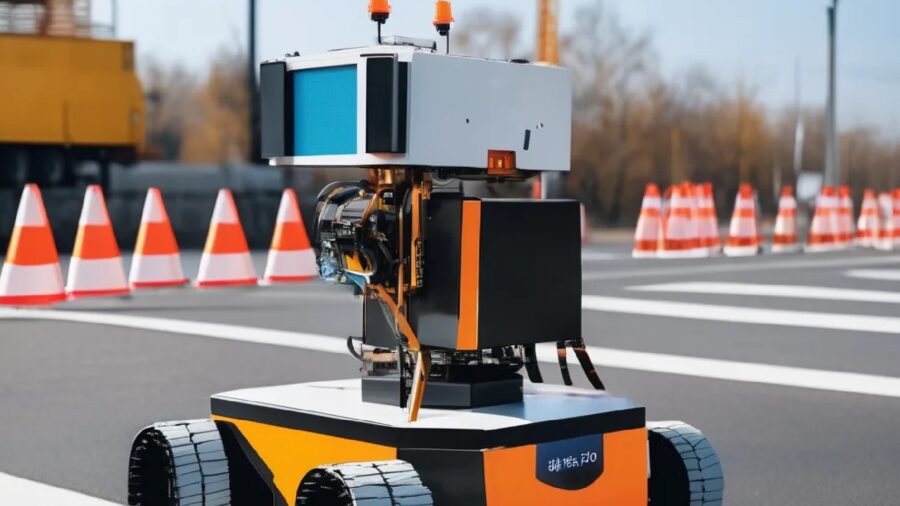
The robotic street painter should theoretically reduce the risk of accidents for these specific projects since the workers can stay in the truck instead of being on the road. Rick Francis, head of engineering for the City of Cleveland, talked about the benefits saying that the process is easier.
Francis explained, “All I have to do is get in the truck,” adding, “I don’t have to load it up or place stencils on it,” and, “I don’t have to measure where the markings go.”
Beyond Cleveland
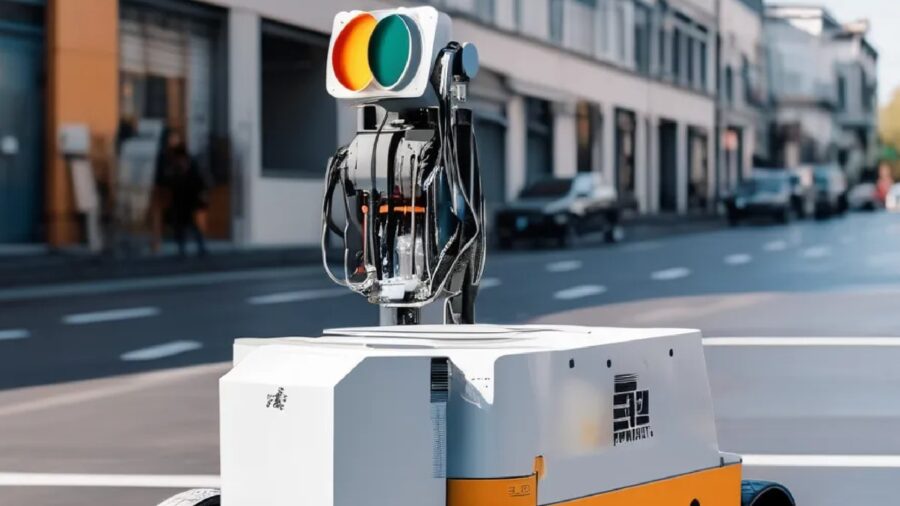
In addition to being safer and less costly than the traditional method, the robotic street painter is also more consistent. This solution could quickly become widespread as many cities are having difficulties with labor shortages for city workers.
Sales for the machine are expected to start this year, so it’ll be interesting to see how many cities start adopting the technology.
While there’s plenty of understandable worry about the rise of AI and its potential to replace jobs, robots have been making many jobs safer and more efficient for years.
Amidst a labor shortage, robotic street painters could be valuable for making city jobs safer, and would theoretically not be replacing any workers. If cities can’t fill roles, it seems likely this technology would only make the jobs of existing workers safer and easier.
Source: News 5 Cleveland












